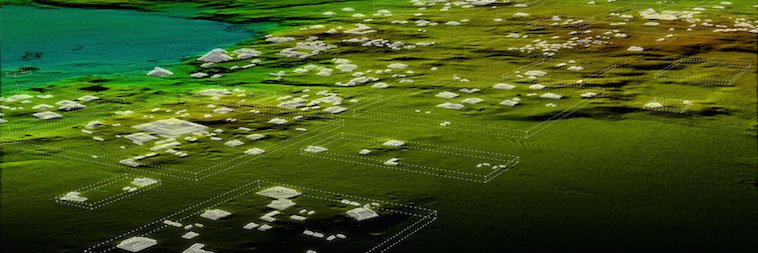New NASA Inventions Improving Our Lives

We can credit GPS technology, Camera phones, and scratch resistant lenses with NASA technology. What did NASA invent in 2017? Read on to learn more.
Remember seeing your first ear thermometer? How about your first wireless headphones? We live in a time in history that would be the envy of people that lived 100 years ago. Aside from airplanes, cars, and televisions, our daily life has never been more comfortable. Since the beginning of the space race in the 1950s, American scientists have revolutionized the world with products that have saved and improved lives everywhere. We wrote an article last year describing NASA inventions over the course of the last 60 years. This article is an update for the NASA inventions created in 2017.

CREDIT: NASA
CREDIT: NASANASA Medical Technology
-
- Temperature Regulating Blanket- Imagine having a blanket that warms you when you are cold AND cools you when you become hot. To manage heat inside a spacesuit, scientists at the Johnson Space Center figured out how to use “phase-change” materials. (PCMs) When PCMs reach the temperature at which they change phase (their melting temperature), they absorb large amounts of heat at an almost constant temperature. The PCM continues to absorb heat without a significant rise in temperature. It does this until all the material transforms to the liquid phase. Consequently, as the ambient temperature around a liquid material falls, the PCM solidifies, it releases its stored latent heat. They store 5 to 14 times more heat per unit volume than conventional storage materials such as water, masonry or rock. As a result, hospitals around the country use these blankets to keep babies comfortable.
- Water Purification System-Having clean drinking water in many parts of the world still creates a challenge. Using the same technology as the International Space Station a company in Utah brings clean water to villages around the world. Within a 600 gallon per hour flow rate, the NASA invented filters eliminates 99.9 percent of viruses and bacteria. As a result of the faster flow rate, the people in a village have access to clean water almost constantly.
- Blue Light Cancelling Lens- Do you enjoy skiing? Having a clear view of the slopes is essential. In the 1990s, a scientist at Ames Research Center developed optical filters. These filters blocked blue and green light. As a result, camouflaged objects in a forest became more visible. For skiers, this technology has led to improved vision on the ski slope.
Finding Ancient Artifacts with Lasers
So many civilizations reside under the Earth’s surface. Vegetation covers ancient ruins, and sandstorms cover African tribal homes from long ago. “Some 10,500 years ago, hunters gathered each year near the Beaver River in what is now western Oklahoma. There, they killed bison en masse, sliced off the choicest meat, and left behind piles of skeletons. Today there is little visible evidence of these hunting expeditions. But laser-based remote sensing equipment called lidar can give archaeologists hints of the fossils and bones hidden beneath the earth’s surface. And the technology owes a lot of its development to scientists looking at something very different: planets, moons, and asteroids. NASA has been incorporating lidar devices into missions dating as far back as Apollo 15 in 1971. ” (NASA SPINOFF, 2017)
These are just some of the new technologies that NASA has invented. If you want to learn more about new NASA technology, visit their online magazine, NASA SPINOFF.
